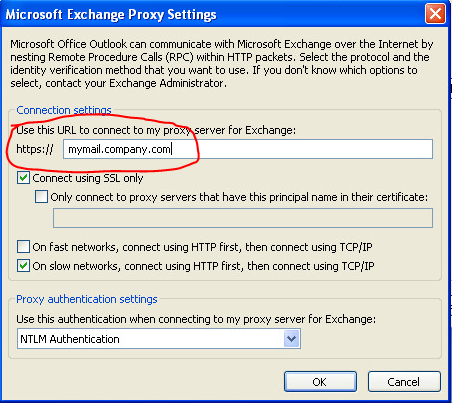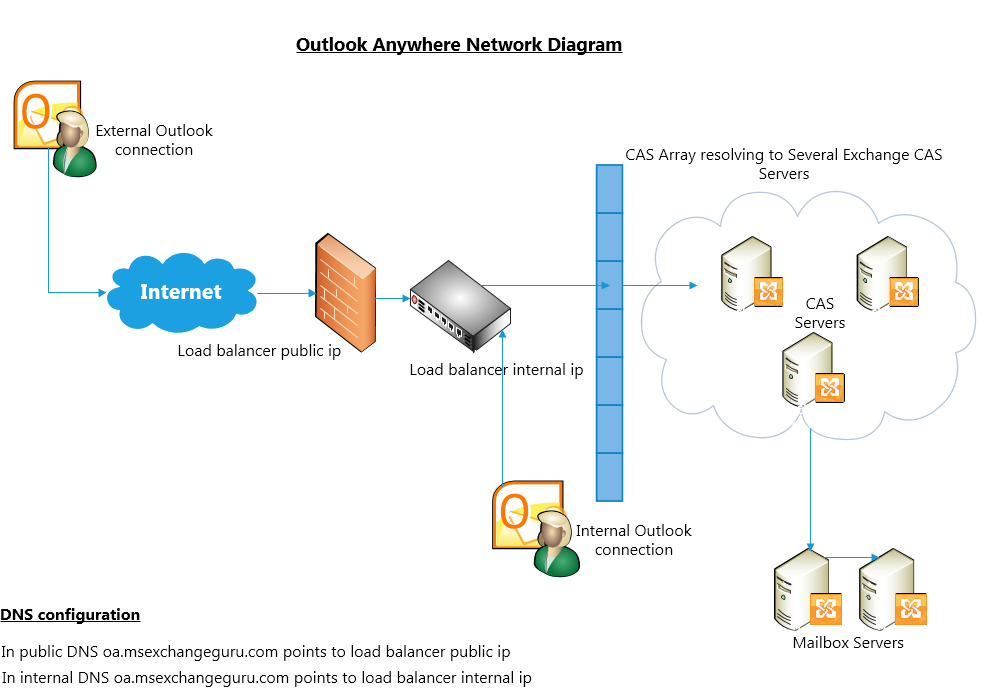
The matter is that Exchange Online supports only 5 concurrent PowerShell sessions. In our example, the connection to is active (State= Opened).Īfter you finish working with Exchange Online, exit your session correctly using the Disconnect-ExchangeOnline cmdlet. You can make sure if there is an active connection to Exchange Online as shown below: If Modern Authentication is disabled for the account, you can connect as follows:Ĭonnect-ExchangeOnline -Credential $cred -UserPrincipalName -ShowProgress $true According to Microsoft developers, MAPI over HTTP will become the main connection protocol in Exchange Server 2016, and RPC over HTTP will be abandoned.Connect-ExchangeOnline -UserPrincipalName -ShowProgress $true -DelegatedOrganization The new protocol of Outlook connection to Exchange mailboxes is better both in its performance and network flexibility. If MAPI over HTTP is enabled in the DAG group, all servers have to support it, otherwise clients won’t be able to use their mailboxes.Īccording to Microsoft estimates, MAPI over HTTP slightly increases the CPU load on CAS servers, but reduces the memory use by 50-60% for each user. Mailbox Server: %ExchangeInstallPath%\Logging\MAPI Address Book Service\.Mailbox Server: %ExchangeInstallPath%\Logging\MAPI Client Access\.


CAS: %ExchangeInstallPath%\Logging\HttpProxy\Mapi\.The logs of the new protocol are stored here: Test-OutlookConnectivity -RunFromServerId serv3 -ProbeIdentity OutlookMapiHttpSelfTestProbe We’ll get the name of the CAS server, on which we have authenticated, and the name of Mailbox server.Īdding ?Showdebug=yes to the URL, we can display some more interesting information.( )Īlso you can check if the new protocol works using a PowerShell cmdlet Test-OutlookConnectivity: You can check if it’s possible to connect over the new protocol by following this link.
HOW TO CONNECT OUTLOOK TO EXCHANGE SERVER 2013 UPDATE

MAPI over HTTP (in fact, HTTPS is used) eliminates RPC from the scheme and is based on HTTP 1.1, so to interact with the server, the clients use POST command.

The main disadvantage of RPC over HTTP is its instability in unstable connections (in public Wi-Fi networks or in the Internet). In general, when using this protocol, MAPI traffic firstly wrapped in RPC, then RPC in HTTP, and then the HTTP packet was sent to the server. In Exchange 2013, Outlook Anywhere is used in the interaction with both internal and external clients by default. This protocol was used mainly for secure connect external clients to the Exchange server. In Exchange 2003 another connection protocol appeared - RPC over HTTP (or Outlook Anywhere). In its previous versions, Outlook could interact with Exchange over RPC.


 0 kommentar(er)
0 kommentar(er)
